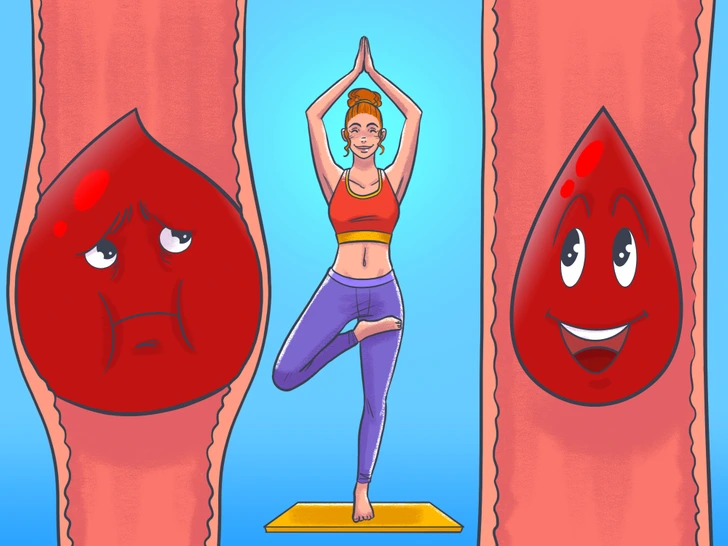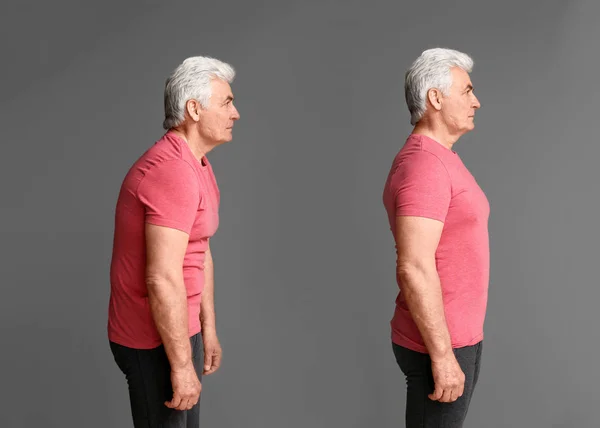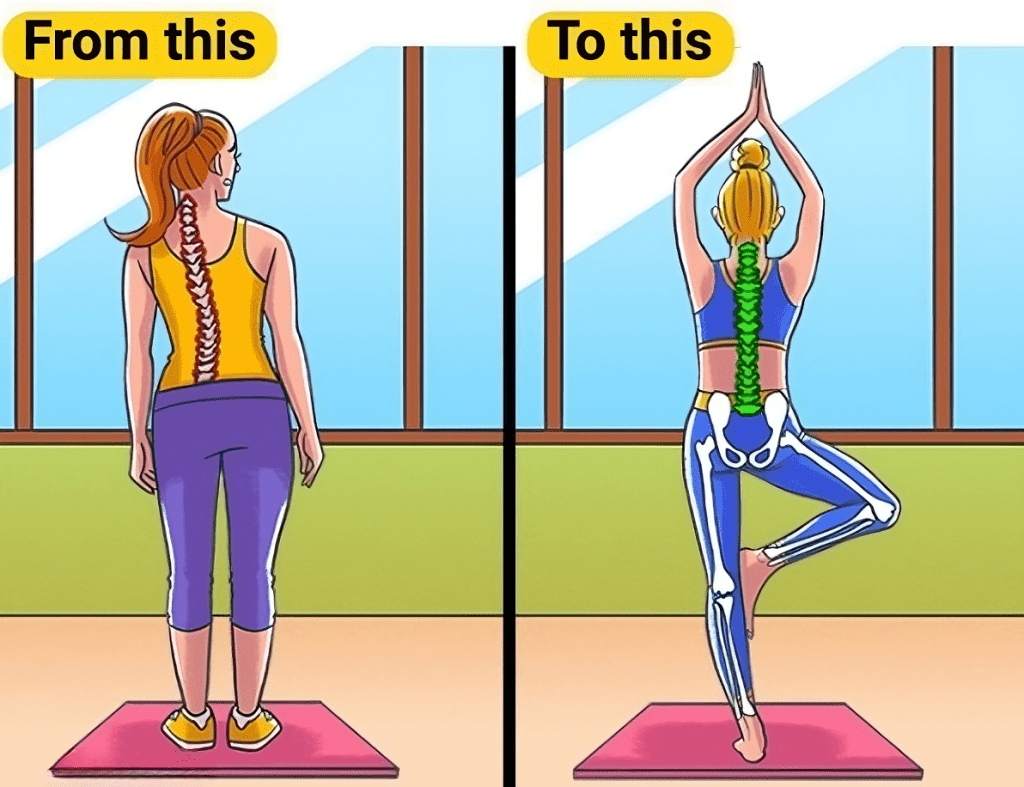Imagine getting a workout without even breaking a sweat. Sounds like a dream, right? Well, standing on one leg could be your secret weapon for boosting your health in ways you may not expect. It’s an easy, no-equipment exercise that works your muscles, enhances your balance, and even tests your brain power. Let’s dive into why balancing on one leg is more than just a quirky move and how it can positively affect your health.
The Surprising Benefits of Standing on One Leg
Standing on one leg isn’t just for flamingos. This simple action engages various muscle groups, tests your cardiovascular health, and even provides insights into your cognitive well-being. It’s a powerful exercise disguised as an everyday movement. Let’s break down the reasons why this pose should be part of your routine.
1. A Quick Check of Cardiovascular Health

Balancing on one leg is not just about physical balance; it’s also a quick indicator of your heart’s health. According to recent studies, the ability to maintain your balance on one leg for at least 20 seconds correlates with better cardiovascular health. Participants who struggled to hold the pose for that duration were found to be at higher risk for heart attacks and strokes.
Why Balance Reflects Cardiovascular Health
The connection between balance and heart health may seem surprising, but it makes sense. Balancing requires the coordination of muscles, nerves, and blood flow. If something is off, it might be a sign that your cardiovascular system isn’t functioning optimally. Standing on one leg can serve as a quick, at-home test for potential heart issues. Next time you brush your teeth, lift one leg—your heart might thank you for it.
2. A Brain Workout That Prevents Dementia
Who knew that standing on one leg could also help your brain? Research shows that this stance may prevent cognitive decline and even dementia. Struggling to maintain balance on one leg is linked to small blood vessel damage in the brain and lower cognitive scores.
How Does Standing on One Leg Affect Your Brain?
Balancing on one leg harmonizes your body and brain by stimulating the nervous system. This activation can improve cognitive function and mental sharpness. Think of it as a brain workout—just like lifting weights strengthens muscles, balancing strengthens neural connections. Adding this to your daily routine might just keep your mind sharp as you age.
3. Core Strengthening Without the Crunches
Standing on one leg might look easy, but it’s actually a great way to engage your core. Your abdominal muscles, lower back, and hips all work together to keep you stable. This not only improves core strength but also helps protect you against the long-term effects of sitting for too long, like back pain and poor posture.
Why Is Core Strength Important?
A strong core isn’t just for athletes—it’s essential for everyone. Your core muscles support nearly every movement you make, from walking to lifting groceries. Strengthening these muscles through balance exercises like standing on one leg helps reduce your risk of injury, improves your posture, and makes everyday activities easier. So next time you’re stuck in line, try standing on one leg and give your core a workout.
4. Posture Improvement—Stand Tall

Good posture is essential for maintaining a healthy spine and reducing aches and pains. Standing on one leg can improve your posture by helping you align your body correctly. When you lift one leg, your body naturally adjusts to find balance, which encourages proper shoulder and spine alignment.
The Connection Between Posture and Balance
If you struggle to hold this pose, it might indicate problems with your posture. For example, slouching or hunching your shoulders can make it harder to balance, as your body isn’t properly aligned. By regularly practicing this stance, you can work on correcting bad posture habits and standing taller.
5. Early Detection of Cognitive Decline
Standing on one leg not only strengthens your body but can also act as an early warning sign for cognitive decline. Difficulty maintaining balance may indicate the early stages of conditions like Parkinson’s disease or other neurological issues.
How Can Balancing Reveal Cognitive Issues?
When your brain struggles to coordinate movement and balance, it may be a sign that something isn’t quite right. In fact, studies have shown that problems with balance are often one of the first indicators of cognitive abnormalities. If you notice that standing on one leg is becoming increasingly difficult, it might be worth consulting a healthcare provider for a cognitive health check-up.
How Long Can You Stand on One Leg?

Curious about how your balance measures up? Try standing on one leg for as long as possible. If you can’t hold the position for at least 20 seconds, it might be a good idea to incorporate more balance exercises into your routine. Start by practicing for shorter durations and gradually increase your time as you improve.
Conclusion: Standing on One Leg—A Simple Yet Powerful Workout
Who knew something as simple as standing on one leg could offer so many health benefits? From testing your heart health to improving your posture and even strengthening your brain, this one-legged stance is a powerhouse exercise you can do anywhere, anytime. It’s not just about balance; it’s about a holistic workout for your body and mind. So, next time you’re brushing your teeth, or waiting for your coffee, lift one leg and give yourself a mini workout. Small, consistent efforts can make a big difference in your overall well-being.


